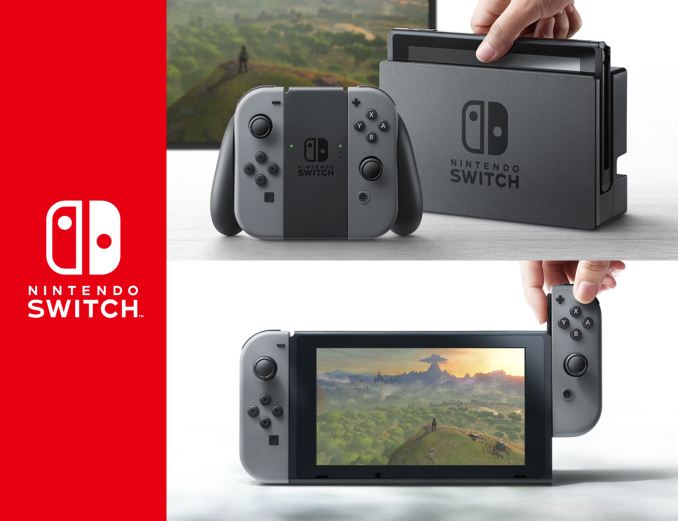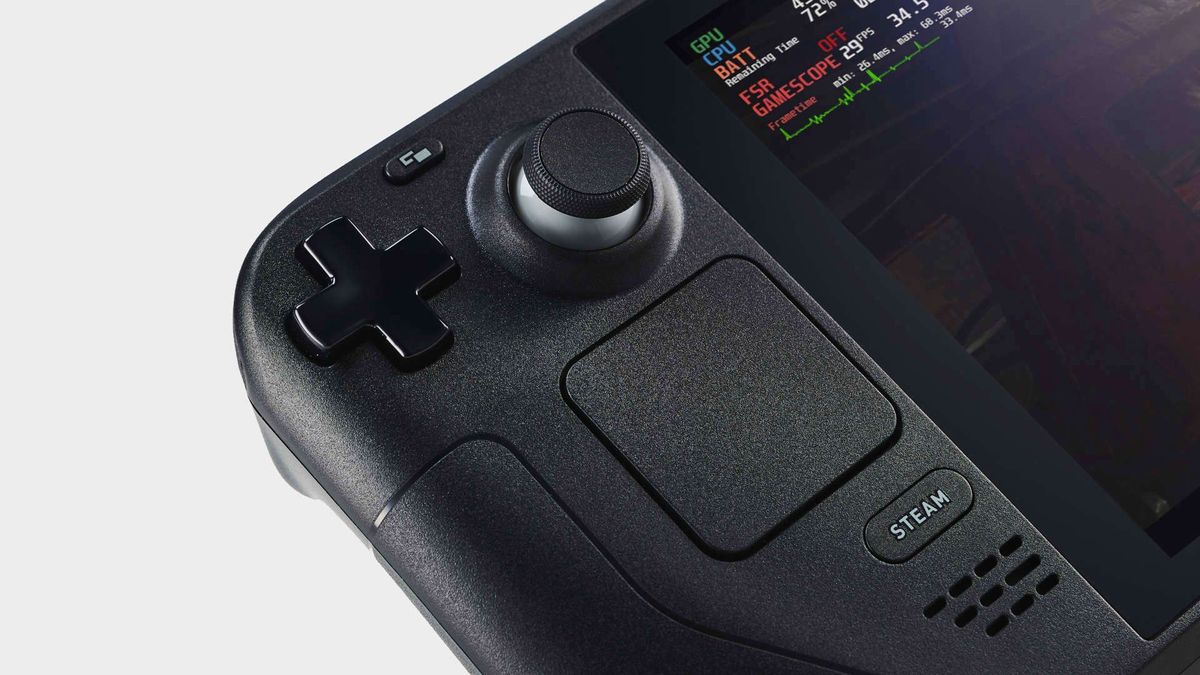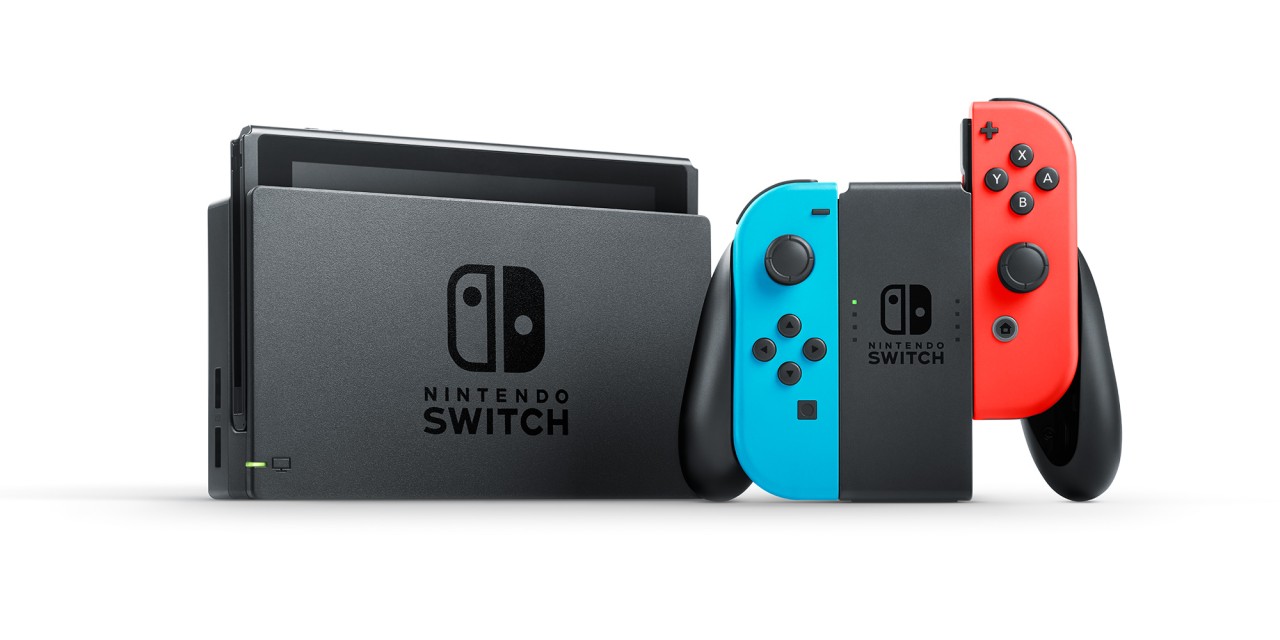This rumor, if true, is effectively confirming Samsung 8nm process. T239 is 1536 ampere cores with Nvidia pegging peak efficiency around 540Mhz based on the 8nm T234 it's derived from. That's ~1.6 "fake" double counted dual issue Teraflops at it's sweetspot. 5W portable mode definitely ain't running at 540Mhz, they'll probably underclock to 300 Mhz or lower like Switch 1
a 5W target doesn't mean that it actually runs at that 5W limit. the Switch 1 has 3 distinct portable modes each designed for a different GPU load target which developers can choose.
a 5W requirement can mean that that is a mode they are targeting for low power indy games like 2D platformers. just like the Switch 1 does.
maybe such a mode would even disable the Tensor cores and RT cores entirely for example.
at such low wattages the AMD APUs would probably collapse due to their X86 CPUs alone needing more than that to function properly
so the Switch 2 could absolutely have 5W, 10W and 15W portable modes, and a 5W mode was simply a target they wanted to reach for low end titles. after all, 1 to 4 hours battery life sounds better than 1 to 2 hours in PR speak, even tho the AAA games people will want to play on it will only ever get the latter one
while docked sees a similar 700-800Mhz clock. That's 900 Gigaflops portable and 2.4TF's docked. Again, those are both "fake" dual issue/double counted teraflops, so real world raw docked compute will be between base Xbone One and Base PS4. The Z1 Extreme is 8.6 "fake" teraflops, while base Z1 is closer at 2.8TF, but still beyond the likely clocks of an 8nm T239.
docked mode for the Switch 2 could see a dramatically higher clock speed compared to portable, because this time around the resolution disparity between their target TV output and their handheld will be significantly higher.
before it was 720p and 1080p, now it's 1080p and 2160p at the very least.
I'm not sure if the screen resolution is actually known yet, but what if the screen still targets 720p for example? woked out fine for the Steam Deck for example. in that case the disparity would be massive.
720p to 1080p is about a 2.1x jump in the target resolution.
1080p to 2160p is a 4x jump exactly.
part of that jump can be covered by DLSS, but not all of it, since DLSS takes more render time the higher it has to scale.
so yeah. no matter the handheld clocks, I expect the docked clocks to be significantly higher this time, maybe even simply as a reaction to people using hacked Switch systems to demonstrate how many games would have benefitted with more stable performance when using the full potential of the chip.
edit: also, about the dual issue FP32.
when looking up benchmarks of a 5~8 TFLOPS Ampere GPU and a 5~8 TFLOPS RDNA2 GPU (getting comparisons for lower spec ones is hard), I see that they seem to perform pretty similarly (relatively speaking for 2 complete different architectures) even tho RNDA2 does not use dual issue FP32.
so not sure if your math maths out here.










